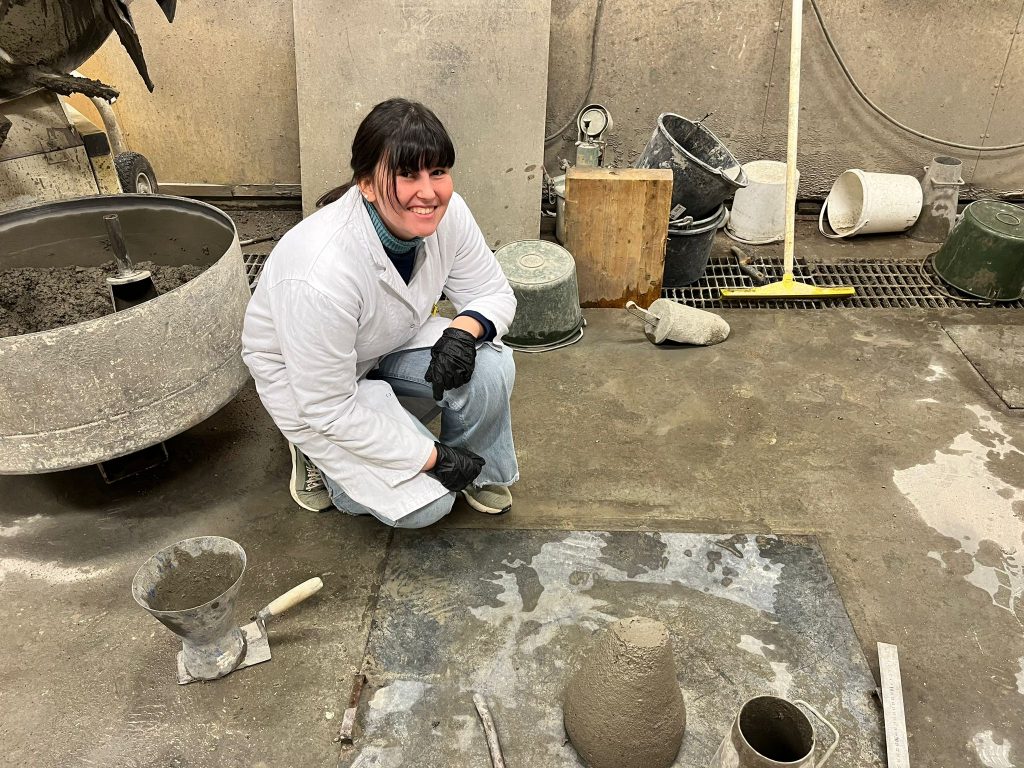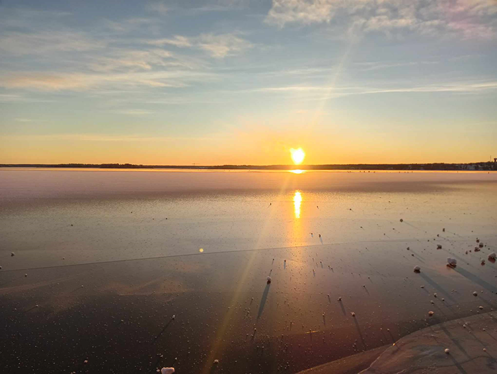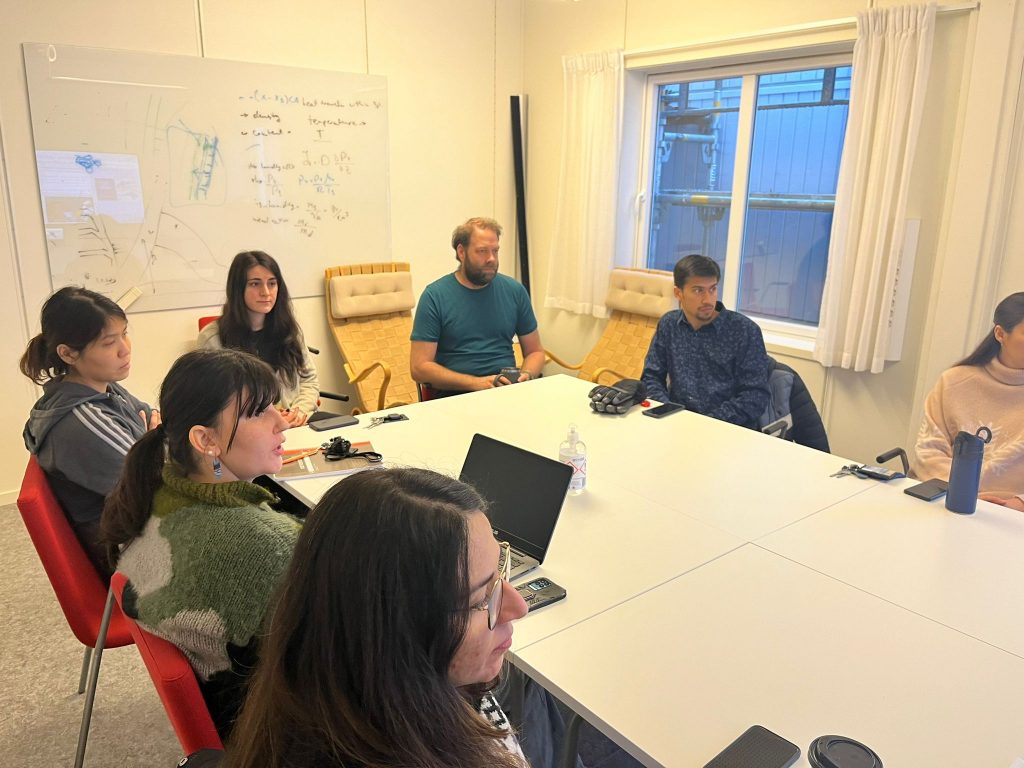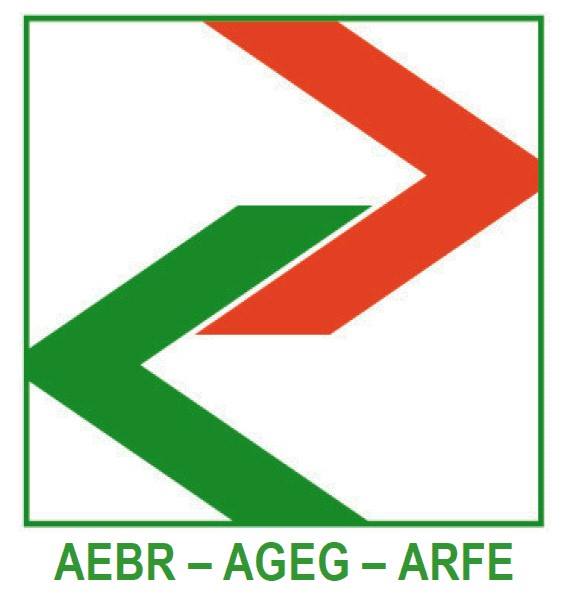A glimpse into the aims of the Ar2CorD programme
Concrete is paradoxically both one of the most polluting materials on Earth, and one of the wonders of human architecture across history. Prehistoric forms of its use have been dated back to the Syrian and Yugoslavian Stone Ages, and archeologists have suggested that concrete floors were commonplace in the Chinese Bronze Ages. You may be familiar with the structure of the Roman Pantheon, still standing almost 2000 years after its construction, as evidence of the sturdiness of early forms of lime-based mortars! Unfortunately, modern day Portland cement, birthed in 1871 out of the Industrial revolution in the U.S., has exhaled disastrous amounts of CO₂ onto Planet Earth: its recipe is no longer viable for a sober, sustainable way of life.

The Ar2CorD programme was born out of an Interreg partnership between researching entities in the Arctic and Sub-Arctic regions who recognise that, if concrete cannot be replaced, it must be improved.
The project involves new mix designs, using byproducts of local industries as alternative cementitious materials, for example, to provide a form of low-carbon concrete that is resistant to freeze-and-thaw cycle. Cost-efficient, more durable, and environmentally-friendly, Ar2CorD’s low carbon concrete aims to strengthen climate adaptation and resource efficiency for its communities across Finland, Sweden, Norway, Greenland, and Iceland.

Volunteering for the project
A little about me and my experience as an IVY volunteer: my name is Pauline, I am French and I am fascinated with the concept of environmental storytelling. I’ve been volunteering as a Project Partner to the Ar2CorD project for a little over two months, now, and have found it a truly purpose-generating experience.
This initiative is as interdisciplinary as it is international. There are so many lenses to look at ecological concrete from. There is a very technical side to it, a very scientific approach to determining the optimal combination of materials for a sustainable result. There is a very interesting historic and artistic aspect to it, too: concrete is a very long-lived, ever-changing material. And there is a very idealistic, futuristic take on its applications. What could a green, environmentally-friendly city look like?

I am based at Luleå Tekniska Universitet, in Sweden, a beautiful place where I assist the project wherever I can. My missions are varied: between writing pop science articles, organising events, occasionally assisting in the lab and working on disseminating results, I am part of a truly cooperative ecosystem. “Cohesion” is the main keyword of this experience. Each branch has its own expertise and its own goals, but all these research entities (and their shared landscapes, weather, values and history) come together under the banner of sustainability. It’s a beautiful display of interregional cooperation policies, and I am grateful to be a part of it!
– Pauline G., IVY Project Partner at the Lulea University of Technology for the Interreg Northern Periphery and Arctic project Ar2CorD


